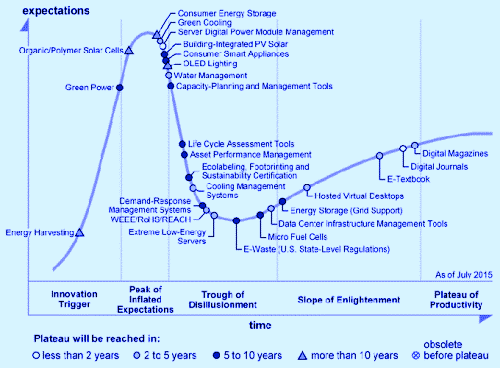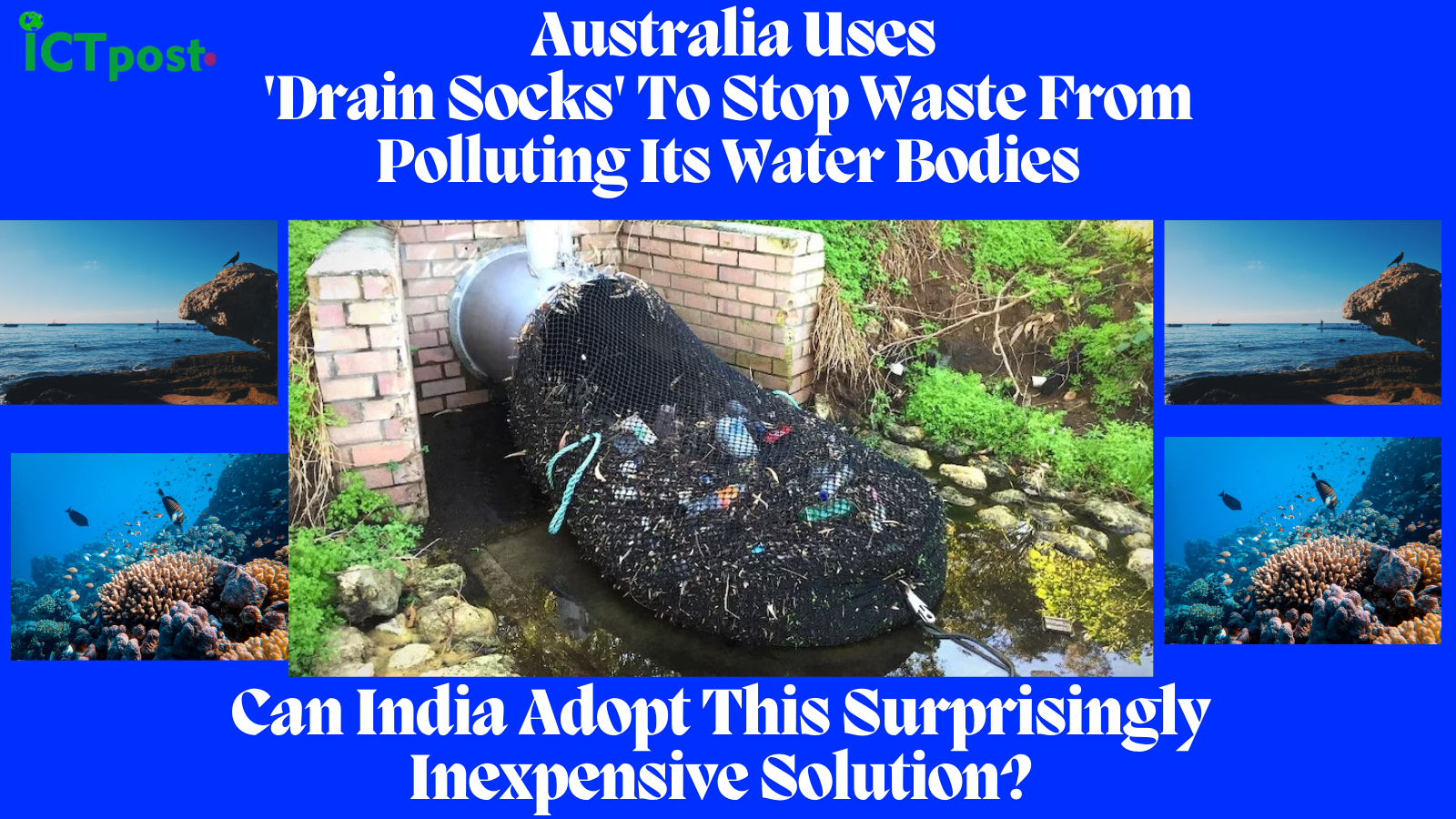
Mumbai: November 1, 2015?
In response to growing demands from customers, partners and consumers, many organizations are moving beyond corporate social responsibility as a philanthropic activity, according to Gartner, Inc. They are integrating green- and sustainability-related initiatives into their core business operations.
?Green IT is moving beyond the environmental characteristics of IT equipment, allowing organizations to improve their environmental footprint by using equipment and services that have a low-carbon footprint themselves,? saidVishal Tripathi, research director at Gartner. ?As a result, the identification of wasteful and inefficient – or worse, environmentally harmful – consumption is becoming essential.?
Many technologies in data center, storage and desktops have significantly reduced their energy consumption and have gone mainstream in their reduction of energy intake in idle modes and during a use phase. In Europe, the Ecodesign Directive 2005/32/EC provides the framework for all energy-using consumer goods to be designed using the smallest energy footprint. CIOs and IT leaders who consider energy efficiency in sleep modes, or internal power supply efficiency, should look at extreme low-energy servers, together with server digital power module management systems and data center infrastructure management tools. On the mature side, E-Textbooks, which eliminate the use of paper, have a tremendous impact on energy efficiency and resource consumption.
The operational cost of making energy-efficient resources available is pressuring CIOs to develop strategies to optimize their utilization of information and communication technology, including companywide energy management, while not compromising on the growth or deployment of newer technologies. Gartner analysts see capacity planning and management tools, which design the power requirements for not only individual technologies, but also for an entire process or architecture, at the top of the Hype Cycle. This year, the Hype Cycle includes asset performance management for the first time.
Electronic waste (e-waste), recycling and refurbishment are key areas of green IT, and have received sporadic attention based on some waste scandals in the industry. This is a compliance issue for many IT leaders and CIOs; therefore, the Restriction of Hazardous Substances (RoHS) Directive, the Waste Electrical and Electronic Equipment (WEEE) Directive, and Registration, Evaluation, Authorisation and Restriction of Chemicals (REACH), as well as e-waste regulations, provide the regulatory guidance framework for OEMs and end-user organizations to assess the environmental footprint of their e- waste. E-waste (U.S. State-Level Regulations), micro fuel cellsand data center infrastructure management tools are all moving through the Trough of Disillusionment, and are maturing at various speeds, due to the impact that noncompliance will have on corporate penalties, the risk of brand damage and the cost in waste stream management.
Renewable energy sources have become an integral part of a differentiated energy strategy for organizations. They add to the energy profile of an organization by adding building-integrated PV solar. Especially in emerging countries, solar PV projects are required to partially replace electricity from diesel generators. The process capabilities of energy harvesting, fueling sensors, devices or lights are still in the innovation phase. However, with the emergence of the Internet of Things (IoT) and wearables, energy harvesting will be a critical component for the electrification and constant power supply for those sensors.
With the integration of IT into energy storage and fuel cell technology, related technologies – as well as energy storage (grid support) and consumer energy storage – have also been included in this Hype Cycle. In addition, ecolabeling for industrial and consumer goods indicates the green credentials of technologies and products, and helps CIOs and IT leaders decide on the right features and intrinsic value. Organic light-emitting diods (OLED) lighting has also been included on the innovation side, as well as E-Textbooks. Both technologies have a great impact, whether on lighting or on forgoing print and paper costs, as well as eliminating the physical shipping of books.







